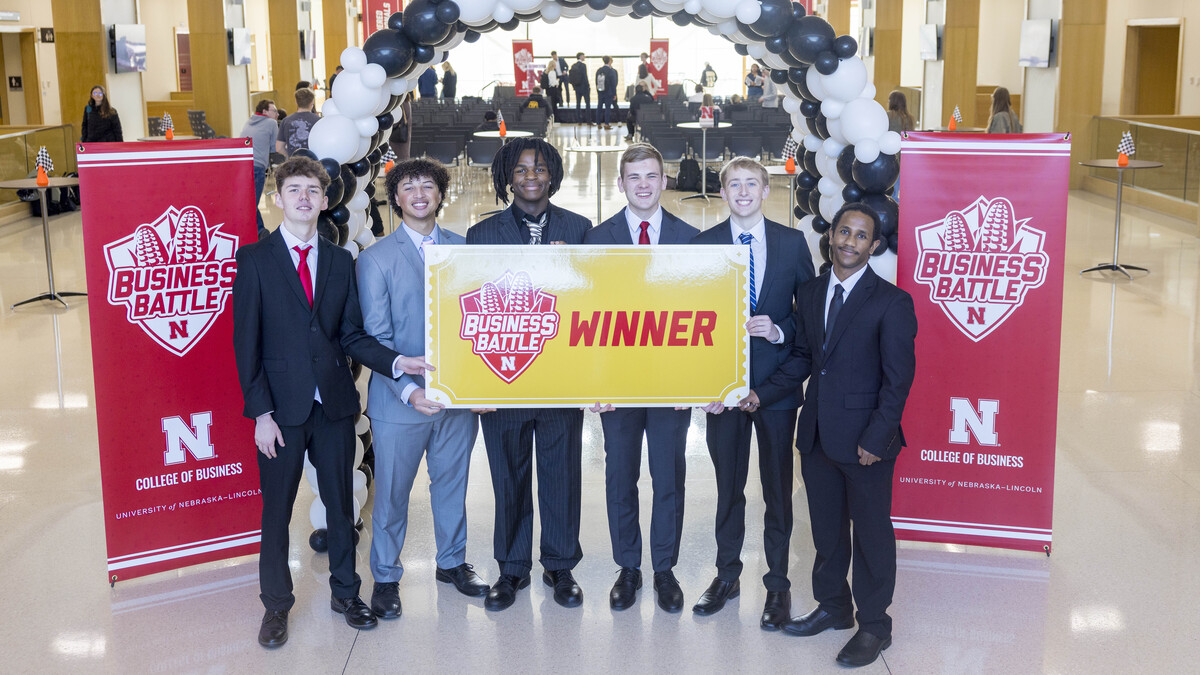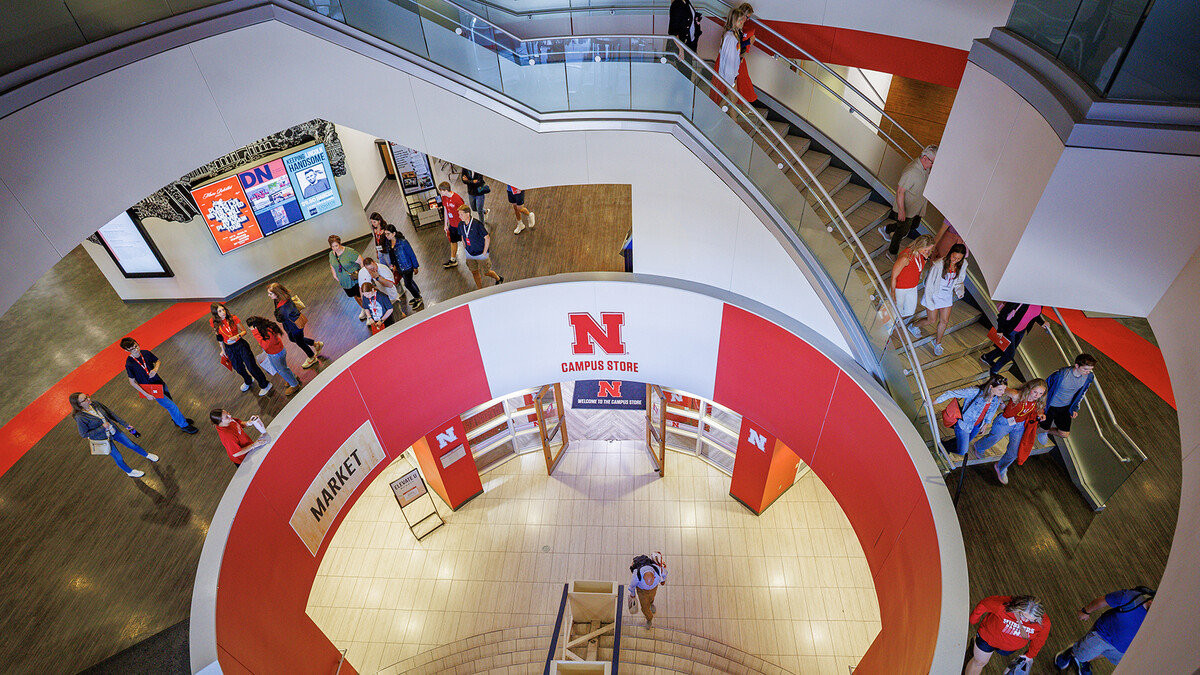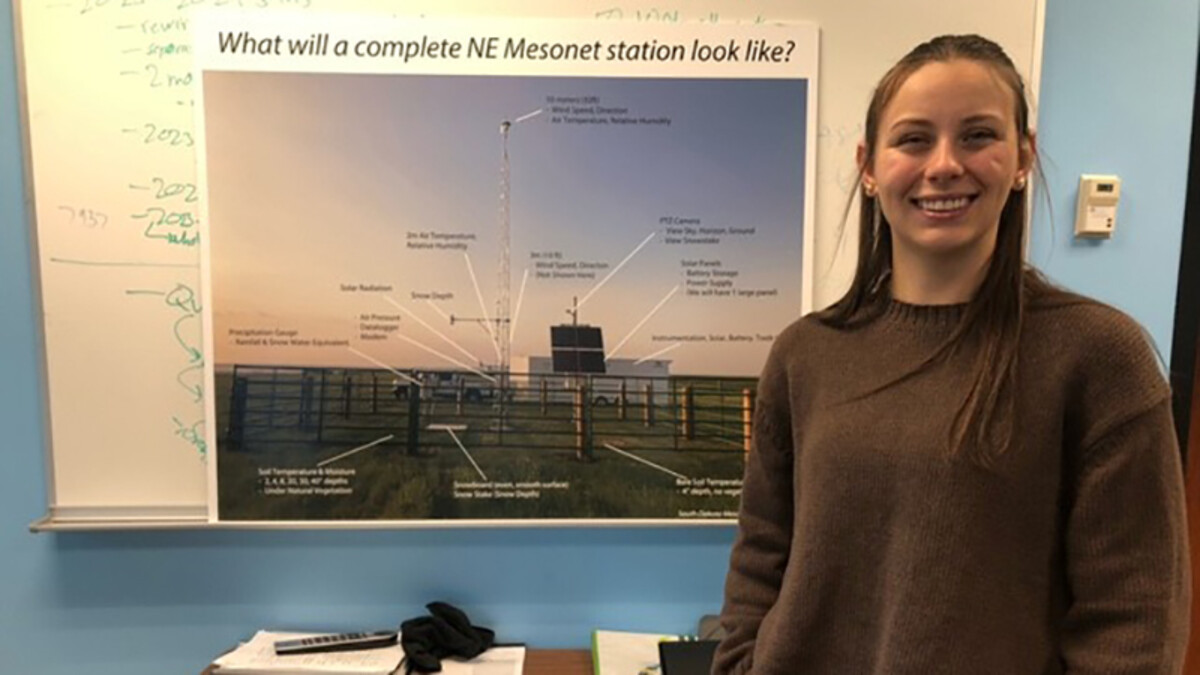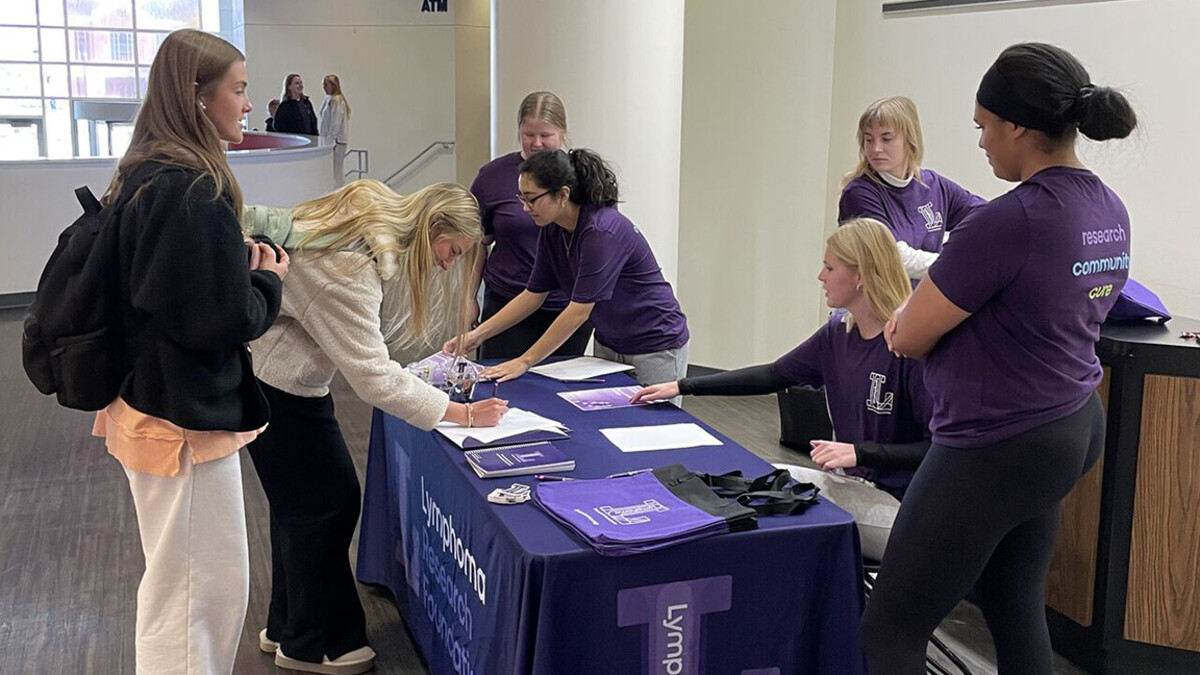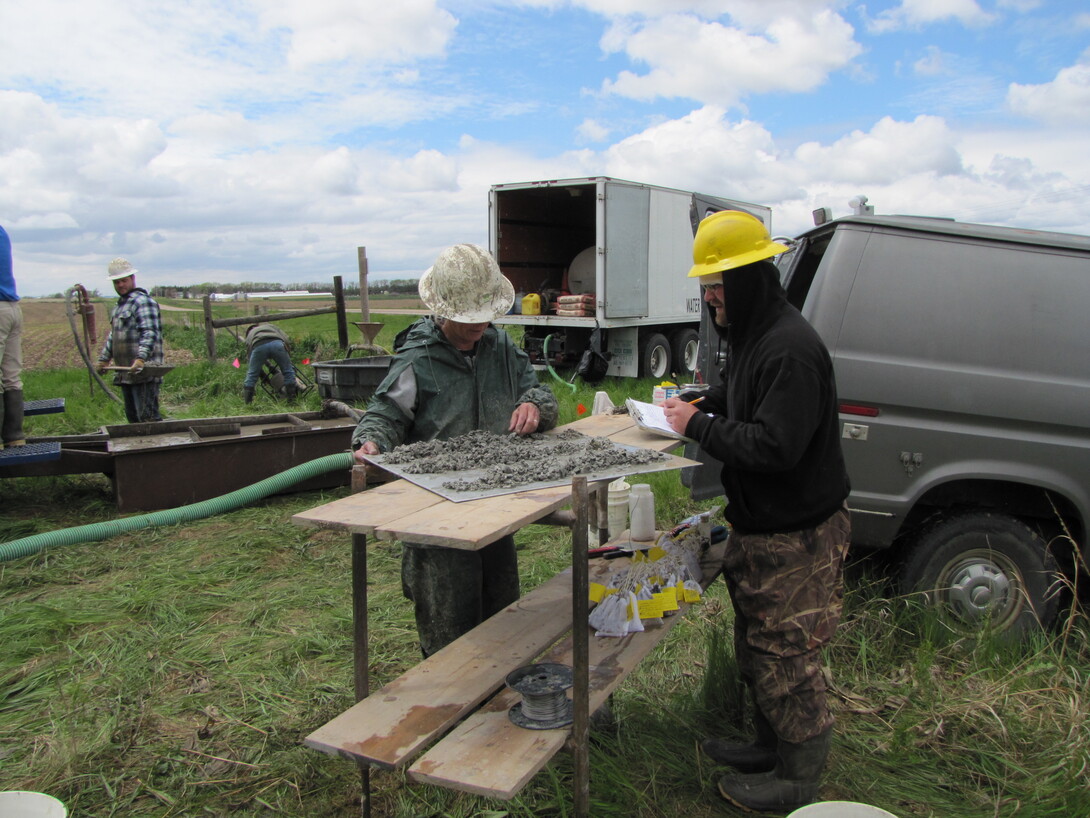
Years of testing go into turning on a tap and getting a clear glass of water, and teams from the University of Nebraska–Lincoln help make it happen.
Sue Lackey, a research hydrogeologist with the School of Natural Resources’ Conservation and Survey Division, collaborates with communities in northeast Nebraska to ensure residents have safe water. Lackey has worked in the division since 1991, and the work of her and her colleagues on projects like the Cedar-Knox Rural Water Project is critical to the process.
“You have someone who is truly dedicated to the people and the resource and has the expertise to understand the connection between the two,” said Annette Sudbeck, general manager of the Lewis and Clark Natural Resources District. “People have to have the resource to survive and to have an area be productive and successful. People need resources, and resources are dependent on us to take good care of them, and Sue is definitely an advocate for both.”
Lackey’s work with the Lewis and Clark Natural Resources District on the Cedar-Knox Rural Water Project has been underway for nearly a decade, evaluating a system that serves between 7,500 and 10,000 people around Crofton, Obert, St. Helena and Fordyce. Residents of the area were getting water from Lewis and Clark Lake, but time was running out for that as a source.
“Silt was encroaching from upstream onto the intake, so that threatened their whole source of water,” Lackey said.
Following flooding after the failure of the Spencer Dam in 2019, the problem began to accelerate, and so did the need for the division’s work.
“We’re looking for the thickest, coarsest sediments below the water table,” Lackey said. “Sand and gravels are really great; they can produce a lot of water.”
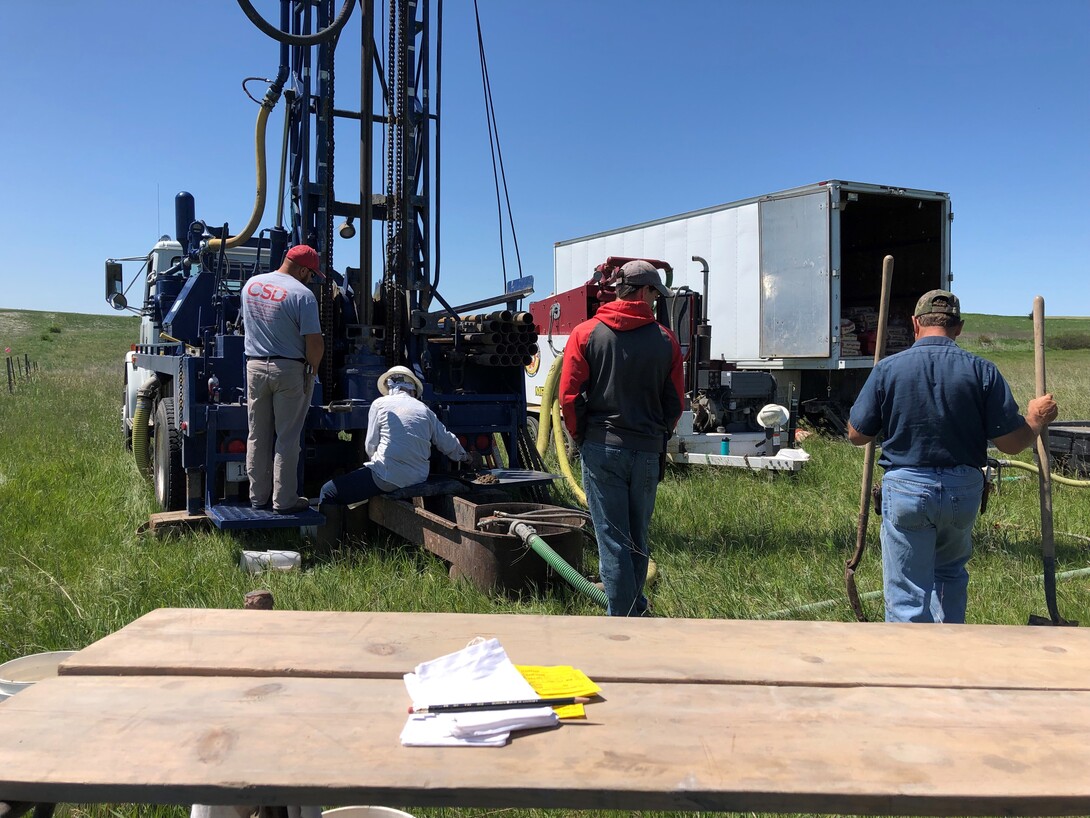
Sudbeck said she and Lackey also used proximity to existing infrastructure and groundwater quality data to determine possible locations. Infrastructure issues like the distance water needs to be pumped to homes and amount of water treatment required only increase costs for residents, especially in rural areas where costs are divided among a smaller population.
Lackey and the team began with testing various sites for feasibility. This involved test hole drilling; sampling, designing and installing observation wells; and then pumping the wells to test the water quality and monitoring water level variations for quantity.
“The geologic framework of the Lewis and Clark NRD is varied and complex due to the way geologic units of the region were laid down and subsequently eroded by glaciation,” Sudbeck said.
This geological history often resulted in limited aquifer thickness and extent; therefore, data and technical knowledge from the Conservation and Survey Division team was essential.
Several factors enter into identifying safe water quality. Some of the most significant considerations include the levels of certain minerals and chemicals like nitrates, manganese and selenium. High levels of any of these can potentially pose health risks. The type and chemical constituents of the sediments and land use come into play.
For the Cedar-Knox project, crews are working to expand pipes to the service area and will soon replace a storage tank. Eventually, the system will connect to the distribution system in Yankton, South Dakota.
Lackey said having information like the data her division can obtain and analyze helps to provide safe water to places that might otherwise have to jump through time-consuming and expensive hoops for access.
“There are a lot small towns up here that have systems that have developed water quality problems, both manmade and natural,” Lackey said. “There needs to be more support not just for the rural water systems, but for the small communities.”

